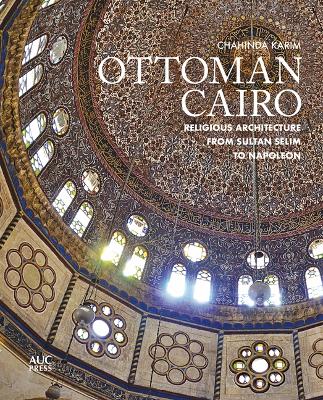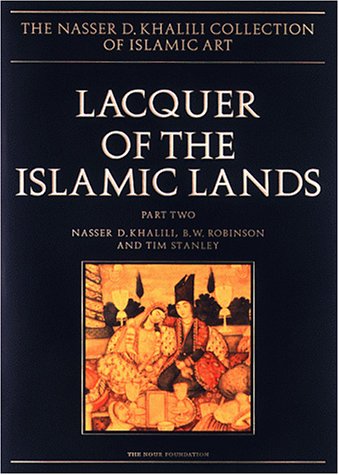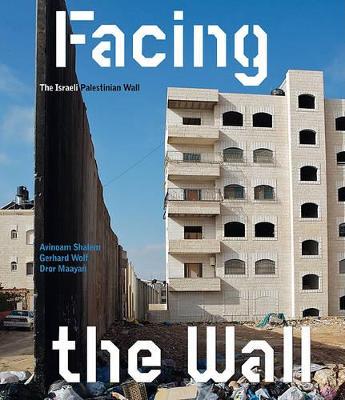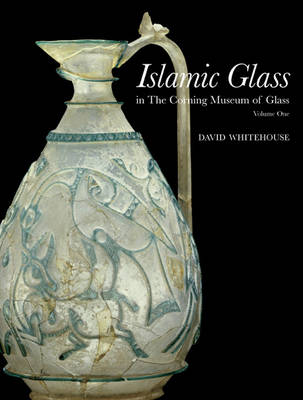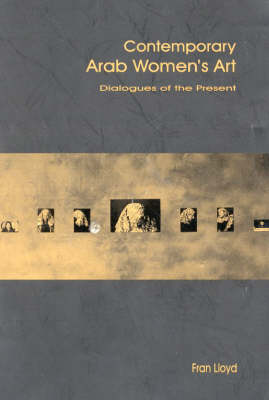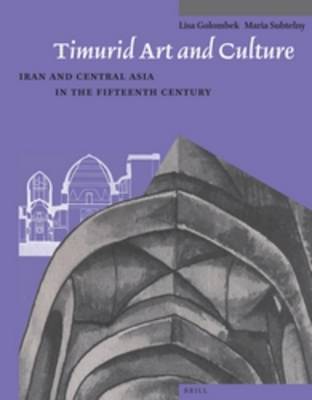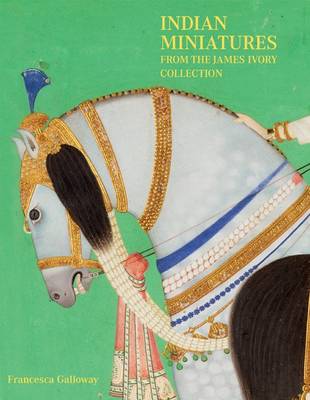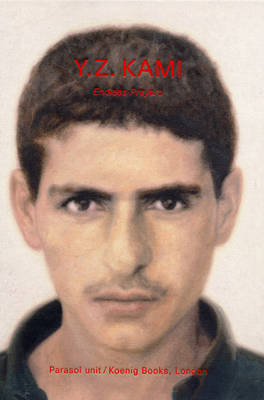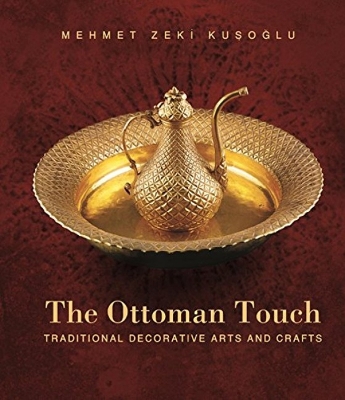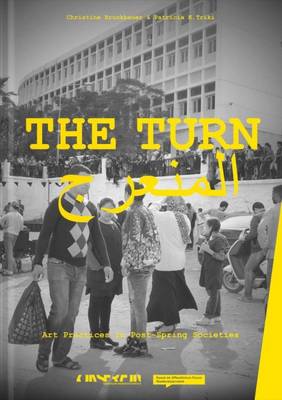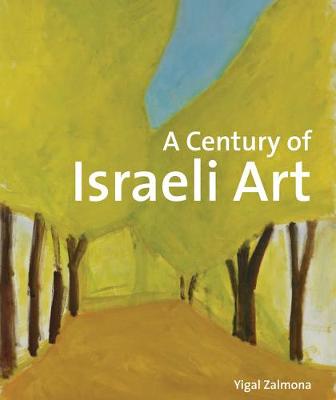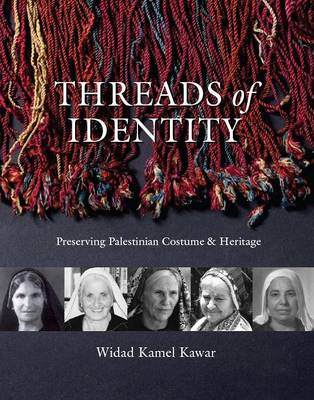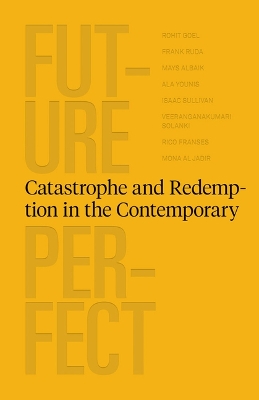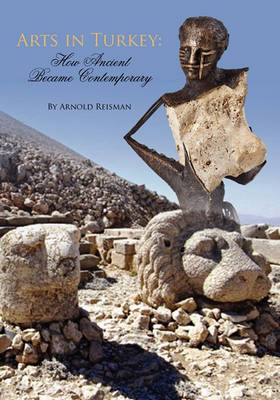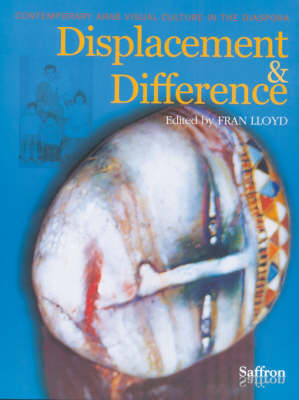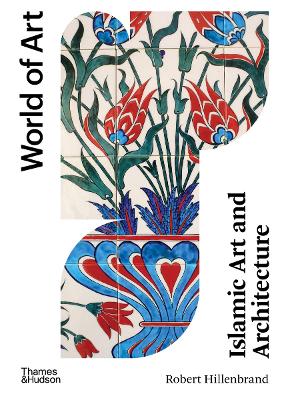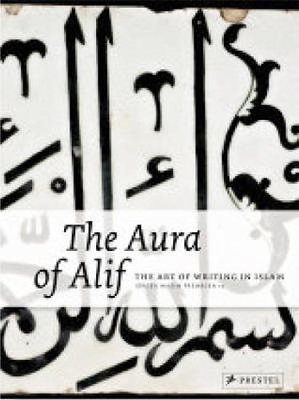A unique, richly illustrated study of Ottoman religious buildings standing today in CairoWith the conquest in 1517 CE of Egypt by the Ottomans, Cairo lost its position as the capital of the Islamic empire to Istanbul but it retained an eminent position as the second most important city, with Egypt still regarded as one of the wealthiest provinces of the new empire. Round minarets with pointed hoods, as symbols of the new rulers, began filling the landscape alongside the octagonal minarets with p...
Facing theWall explores the ways in which the IsraeliWest Bank barrier has been used as a canvas on which artists, whether Palestinians and Israelis or foreigners, display their work. The different cultural arenas on either side of the wall dictate and give impulses to different modes of expression and uses of visual vocabulary; this tension is reflected in the layout of this book, which displays works from either side of the wall alongside each other.
Islamic Glass in the Corning Musuem of Glass: Volume 1
by David Whitehouse
Contains more than 595 objects beautifully photographed and published for the first time This first volume of a three-part series on rare early Islamic glass is of interest to art historians and scholars of Middle Eastern history The methods of finishing glass by cutting and polishing first began in the regions of the Mediterranean in the first and second century B.C. during the Roman Empire. Within the next 200 years, these finishing shops were also producing glass both cut and with details eng...
In Syria, culture has become the critical line of defence against tyranny. Villagers have joined the cultural frontline alongside urban intellectuals, artists, writers and filmmakers and to create art and literature that challenge official narratives. With contributions by over fifty artists and writers, both established and emerging, Syria Speaks explores the explosion of creativity and free expression by the Syrian people. They have become their own publishers on the Internet and formed anony...
Contemporary Arab Women's Art (Women's art library)
This important and timely book offers the unique opportunity to look at contemporary art enriched by a multicultural experience and framed by a shared Arab identity. The work of 18 Arab women artists from around the world is collected together for the first time, challenging western stereotyping of the women's role in Arab society to brilliantly illustrate how women experience and question their lives as integral to the Arab diaspora. In Contemporary Arab Women's Art, curators and scholars focu...
Timurid Art and Culture (Muqarnas, Supplements, #6)
The nineteen papers collected in this volume were delivered at a symposium held in Toronto, November 1989 in order to discuss the art and culture of Timurid times. The papers cover the last decades of the fourteenth century and the whole of the fifteenth, in an area of western Asia extending roughly from the Euphrates to the Hindu Kush and to the Altai.
Palestinian artist Mona Hatoum has worked in the realm of performance, video and installation art since the early 1980s. Her works express a dramatic urgency to investigate and explore the theme of identity. Hatoum focuses principally on the body - her own - which becomes the protagonist for her art. This volume contains a selection of 12 works that cover the artist's creative period from the early 1980s to the late 1990s.
The past is a continuous and inescapable part of Iranian art and culture. This book beautifully demonstrates this notion with examples dating from the 1970s to the present—a time of turmoil and political upheaval. Featuring a dizzying variety of works—from paintings and photography to political cartoons and posters—this volume shows how contemporary artists appropriate and recontextualize myth and history to tell powerful new stories about life in Iran. This book also explores how pre-Modern art...
The American film director James Ivory's collection comprises 99 Indian miniatures from the Hindu courts of Rajasthan, the Hill States, South India and paintings made under East India Company rule. The underlying theme of this collection is a fascination with India and an acute observation of Indian life, both secular and religious, combined with a delight in some of the peculiarities of human nature, as they were expressed on the Indian subcontinent and seen through a highly refined and, as we...
A Century of Israeli Art presents the story of modern Israel's visual culture, beginning with the pre-state years of Zionist art in the early 20th century and extending to the present day, as a new generation of Israeli artists rises to international prominence in the 21st century. Framing artistic developments in the context of successive periods, author Yigal Zalmona describes the many ways in which Israel's art has been influenced by its social and political history. This look at the wider pi...
This book is a record of the 50 years Widad Kawar spent researching, collecting and preserving part of the heritage of Palestine. This endeavor evolved into the Widad Kawar Collection, the largest to date of Palestinian, Jordanian and other Arab traditional dress and accessories, comprising more than 2,000 items. In the following chapters she presents the story of how the collection evolved and she introduces the life stories of the women who produced the beautiful costumes it contains. For her,...
Future Perfect - Catastrophe and Redemption in the Contemporary
by Rohit Goel
Displacement and Difference: Contemporary Arab Visual Culture in the Diaspora brings together artists, curators, critics, and scholars from a range of geographies who engage with the multiplicity and diversity of Arab identities imaged by contemporary Arab artists in the diaspora. Centring on images produced by artists working in the diasporas of Britain, Palestine and the United States, the authors rethink the processes which constitute 'belonging' (and therefore 'unbelonging') through gender,...
Embracing over a thousand years of history and an area stretching from the Atlantic to the borders of India and China, this is an unrivalled synthesis of the arts of Islamic civilization. From the death of the Prophet Muhammad to the present day, Robert Hillenbrand traces the evolution of an extraordinary range of art forms, including architecture, calligraphy, book illumination, painting, ceramics, glassware, textiles and metalwork. New to this edition is a chapter ranging from c. 1700 to c. 19...
Starting with the alifA", the first letter of the Arabic alphabet that symbolizes divine beauty and exploring the fascinating aesthetic qualities of calligraphy, the book presents the contextual and symbolic intentions of writing in religion, magic, and poetry. Writing surfaces include not only parchment, papyrus, and paper, but also ceramics, metal, stone, wood, leather, and textiles. Ranging from the early period of Islam to the 21st century, the book presents works from the art of the ruling...
Abdullah Al Saadi: Sites of Memory, Sites of Amnesia
by Abdullah Al Saadi
